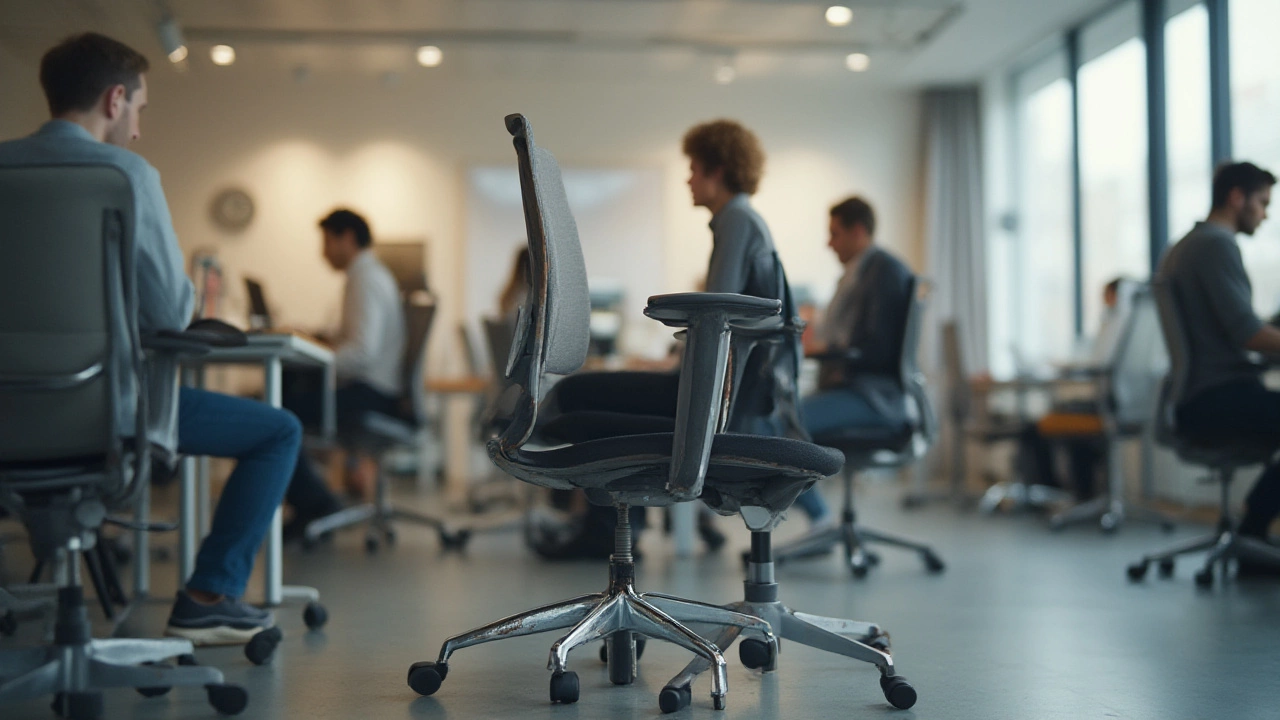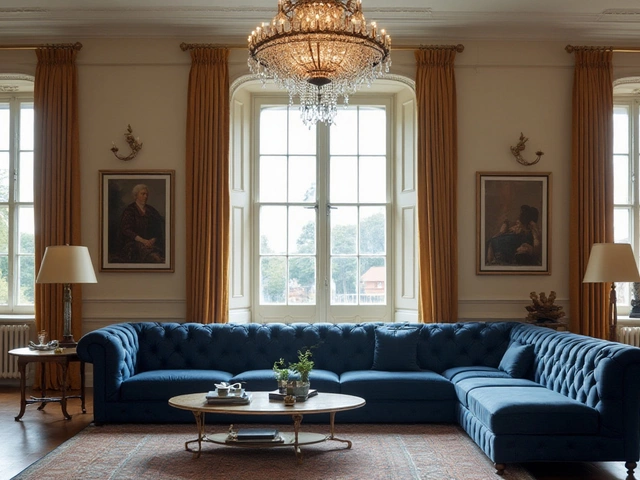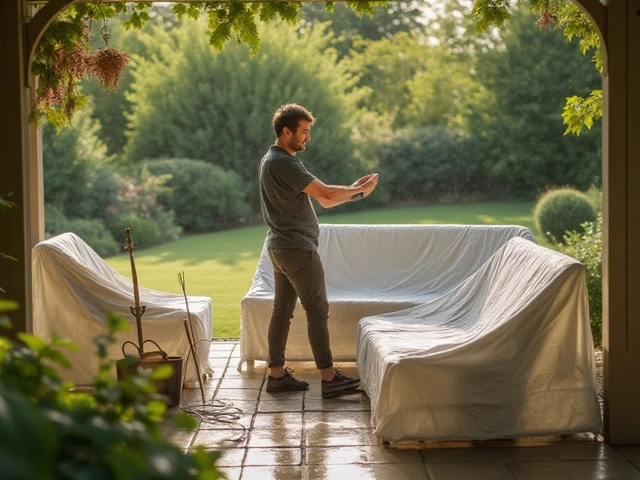Office Chair Durability: What Really Matters
If you spend eight hours a day at a desk, your chair should be more than just comfy – it needs to last. A durable office chair saves money, reduces waste, and keeps you comfortable year after year. Below we break down the key parts that affect durability, how to test a chair before you buy, and easy upkeep tricks.
Materials and Build Quality
First, look at the frame. Steel or reinforced aluminum frames are the toughest. Cheap plastic frames can bend under weight and wobble over time. Check the welds – a solid, continuous weld means the chair won’t crack at the joints.
The seat and backrest matter, too. High‑density foam sandwiched between layers of fabric or leather holds its shape longer than thin, cheap foam. If you can, sit on a chair with a breathable mesh that’s tightly woven; it resists sagging and stays supportive.
Casters are often overlooked, but they’re a big durability factor. Polyurethane wheels roll smoothly on carpet and hard floors without leaving marks, and they’re less likely to crack. If the chair comes with hard plastic wheels, expect them to wear out faster.
How to Test Durability in the Store
When you’re shopping, give the chair a quick stress test. Push down on the seat with your weight – it should feel solid, not springy. Tilt the backrest back fully; the tilt mechanism should move smoothly and lock firmly in place. Lift the chair a few inches off the ground and see if it wobbles; a stable chair will stay steady.Ask the retailer about the warranty. A five‑year or longer warranty usually means the manufacturer trusts the chair’s durability.
Simple Care Tips to Extend Life
Keep dust and debris out of the moving parts. A quick wipe of the casters and tilt levers with a dry cloth prevents grit from grinding down the mechanisms. Every few months, apply a silicone spray to the metal joints – it reduces friction and rust.
If the upholstery gets stained, spot‑clean with a mild detergent and a soft brush. Avoid soaking the fabric; too much moisture can weaken the padding.
Adjust the chair regularly. Over‑tightening the height or tilt knobs can strip the threads. Loosen them just enough for smooth movement.
When It’s Time to Replace
Even the toughest chair wears out. Look for signs like a sagging seat, loose wheels, or a squeaking mechanism that won’t quiet down with lubrication. If the frame shows cracks or rust, replace it – no amount of fixes will make it safe again.
Consider the cost‑to‑value ratio. A good quality chair may cost more upfront but will outlast cheaper models by several years, saving you money in the long run.
With these pointers, you can pick an office chair that stays sturdy, supports your posture, and keeps working day after day. Choose wisely, care simply, and your chair will pay you back in comfort and durability.



